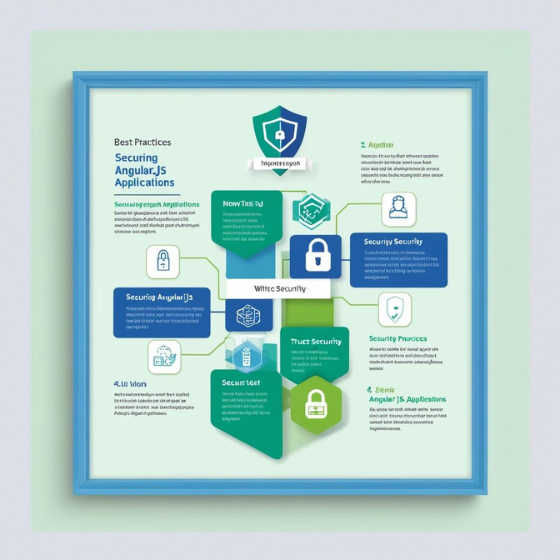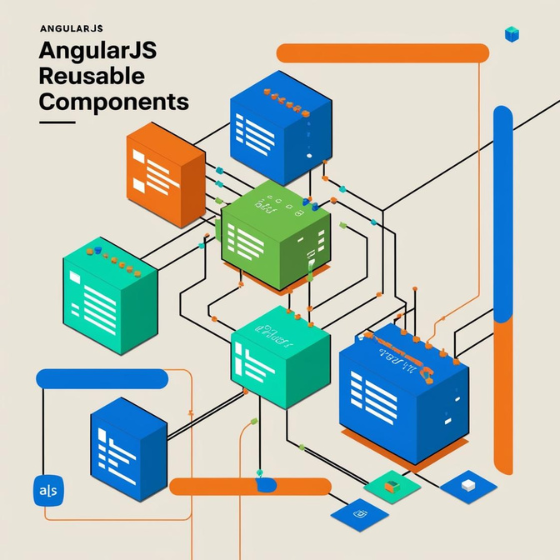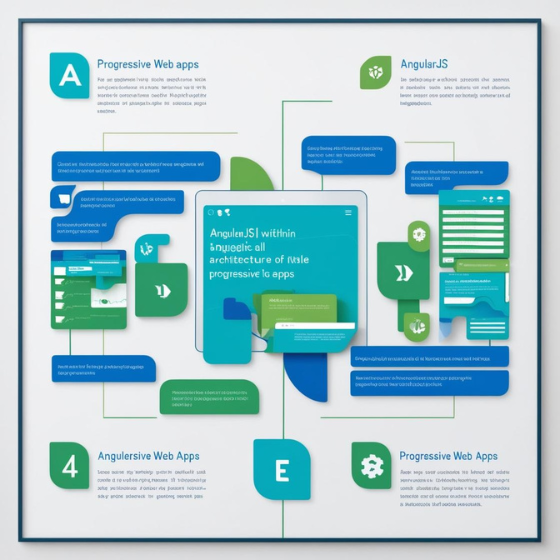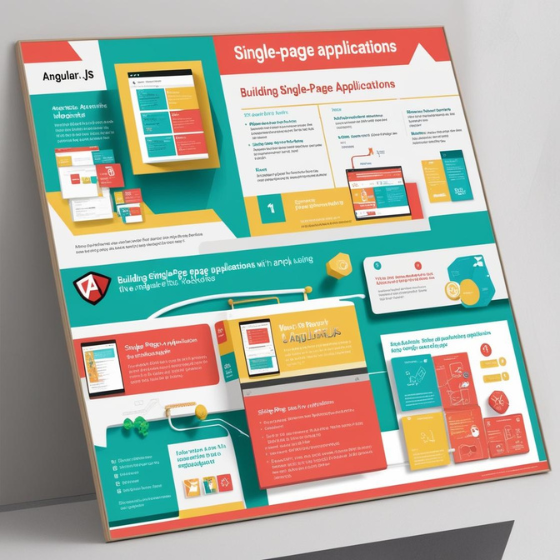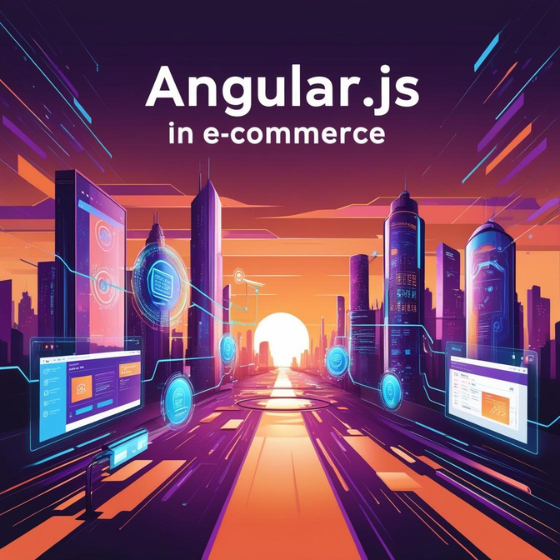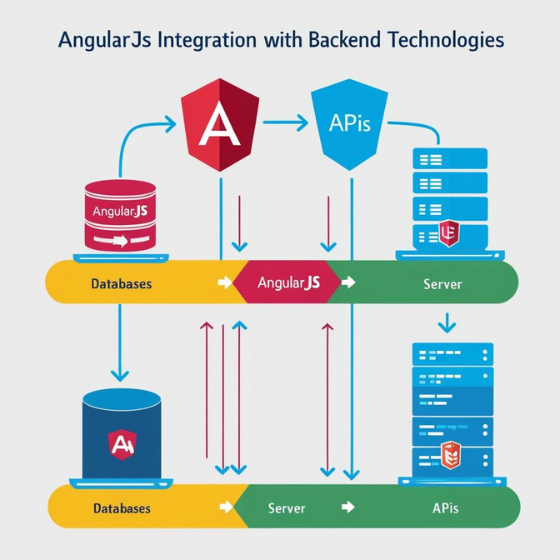How to Secure Angular.js Applications
Introduction
Did you know that in 2020 alone, cyberattacks on web applications accounted for 43% of all data breaches? With the rise in cyber threats, securing your web applications has never been more critical. Therefore, it is especially important to ensure that Angular.js applications are secure, as they are commonly used for dynamic web app development. But how can you secure Angular.js applications effectively? In this article, we’ll explore the best practices and strategies to secure Angular.js apps, so you can protect both user data and your business reputation.
By following these steps, you will gain valuable insights into how to secure Angular.js applications. Additionally, you’ll learn about common security vulnerabilities, practical measures you can take, and the latest security practices.
Understanding Angular.js Security Risks
Before diving into the solutions, it’s important to understand the security risks that Angular.js applications face. In general, all web applications, including those built with Angular.js, are vulnerable to several types of attacks. Some of the most common risks include:
1. Cross-Site Scripting (XSS)
XSS is one of the most prevalent threats to web applications. In an XSS attack, malicious scripts are injected into the app, which then execute within the user’s browser. This can lead to stolen sensitive data, such as login credentials. To avoid this, it’s critical to ensure that user input is properly sanitized before rendering.
2. Cross-Site Request Forgery (CSRF)
Moreover, CSRF attacks are another common vulnerability. These occur when attackers trick authenticated users into executing unintended actions on a website. To mitigate this risk, Angular.js developers need to implement strong session management practices.
3. Insecure API Endpoints
Additionally, unsecured API endpoints can expose sensitive data or allow unauthorized access to backend systems. For this reason, securing APIs is essential to ensure the integrity of your application.
4. Weak Authentication and Authorization
Without proper authentication mechanisms, unauthorized users can gain access to restricted areas of your application. Therefore, it’s important to use modern, secure authentication protocols to safeguard your app.
Best Practices for Securing Angular.js Applications
Having identified common risks, let’s move forward and discuss how to secure Angular.js applications. The following best practices will help mitigate risks and bolster the security of your app:
1. Use HTTPS Everywhere
One of the simplest yet most crucial steps is to enforce HTTPS across your entire Angular.js application. By doing so, you protect data during transit, preventing potential interception by attackers.
- Always serve your Angular.js app over HTTPS.
- Obtain an SSL certificate and configure it properly.
Ultimately, HTTPS encryption ensures that your users’ sensitive data is securely transmitted.
2. Sanitize User Inputs
In addition, sanitizing user inputs is essential for preventing Cross-Site Scripting (XSS) attacks. Angular.js provides built-in tools that help clean user inputs before displaying them on the page.
- Use Angular’s
$sanitizeservice to escape potentially dangerous content. - Regularly review the input validation process to stay ahead of emerging security threats.
By carefully sanitizing all user-generated content, you can prevent malicious scripts from being executed in the user’s browser.
3. Implement Strong Authentication
Furthermore, strong authentication processes are vital for securing Angular.js applications. This step ensures that only authorized users can access your app’s sensitive areas.
- Use strong password policies (e.g., requiring a combination of letters, numbers, and symbols).
- Enable two-factor authentication (2FA) for an added layer of protection.
- Consider using OAuth 2.0 or JSON Web Tokens (JWT) for secure authentication.
As a result, you reduce the risk of unauthorized access and ensure that only legitimate users can interact with your application.
4. Secure API Endpoints
APIs are the backbone of modern web applications, but if left unprotected, they become an easy target for attackers. To secure your Angular.js application, you need to protect the APIs your app relies on.
- Use API tokens for authenticating requests.
- Implement rate limiting to protect against brute-force attacks.
- Validate all incoming API requests to ensure they are coming from authorized sources.
By securing your APIs, you prevent unauthorized users from exploiting your back-end systems.
5. Set Secure Headers
Lastly, configuring HTTP security headers is another crucial step for securing Angular.js applications. These headers prevent certain types of attacks, such as clickjacking and XSS.
Here are some important headers to implement:
- Content-Security-Policy (CSP): Helps prevent malicious content from being injected into your application.
- X-Content-Type-Options: Ensures that content is served with the correct MIME type.
- X-Frame-Options: Prevents your site from being embedded in iframes, which mitigates clickjacking risks.
By setting these headers, you fortify your Angular.js app against a range of attacks.
Real-World Example: Securing a Financial Web App
Let’s consider a real-world example to understand how to secure Angular.js applications in action. Imagine you’re building a financial web application where users can view and manage their accounts. Given the sensitive nature of the data, ensuring the app is properly secured is essential.
Security Measures Taken:
- HTTPS Everywhere: The platform is served over HTTPS, encrypting all data transmitted between the user and the server.
- Sanitization: User inputs, such as transaction details, are sanitized using Angular’s
$sanitizeservice. - Two-Factor Authentication: Users are required to enable 2FA to add an extra layer of protection when accessing their accounts.
- API Security: APIs are secured using OAuth tokens to authenticate requests and prevent unauthorized access.
- Content Security Policy: A strict CSP is enforced to block malicious scripts from executing.
As a result, the app’s security posture is significantly strengthened, and the financial data of users is protected.
How Sodio Can Help Secure Your Angular.js Application
At Sodio, we specialize in building and securing Angular.js applications for businesses of all sizes. By working with us, you gain access to a team of experts who understand the nuances of Angular.js security.
Our services include:
- Security Audits to identify and fix vulnerabilities in your Angular.js application.
- Custom Angular.js Solutions built with security as a top priority.
- Ongoing Maintenance to ensure your app remains secure against emerging threats.
If you’re looking for expert assistance, don’t hesitate to contact our team. We can help you build a secure, high-performance Angular.js application.
Conclusion
Securing your Angular.js applications requires a multi-layered approach that includes HTTPS, input sanitization, authentication, and API security. By following these best practices, you can significantly reduce the risk of data breaches and ensure your users’ data remains safe. If you’re unsure where to start, reach out to Sodio’s experts for assistance in securing your Angular.js application.
